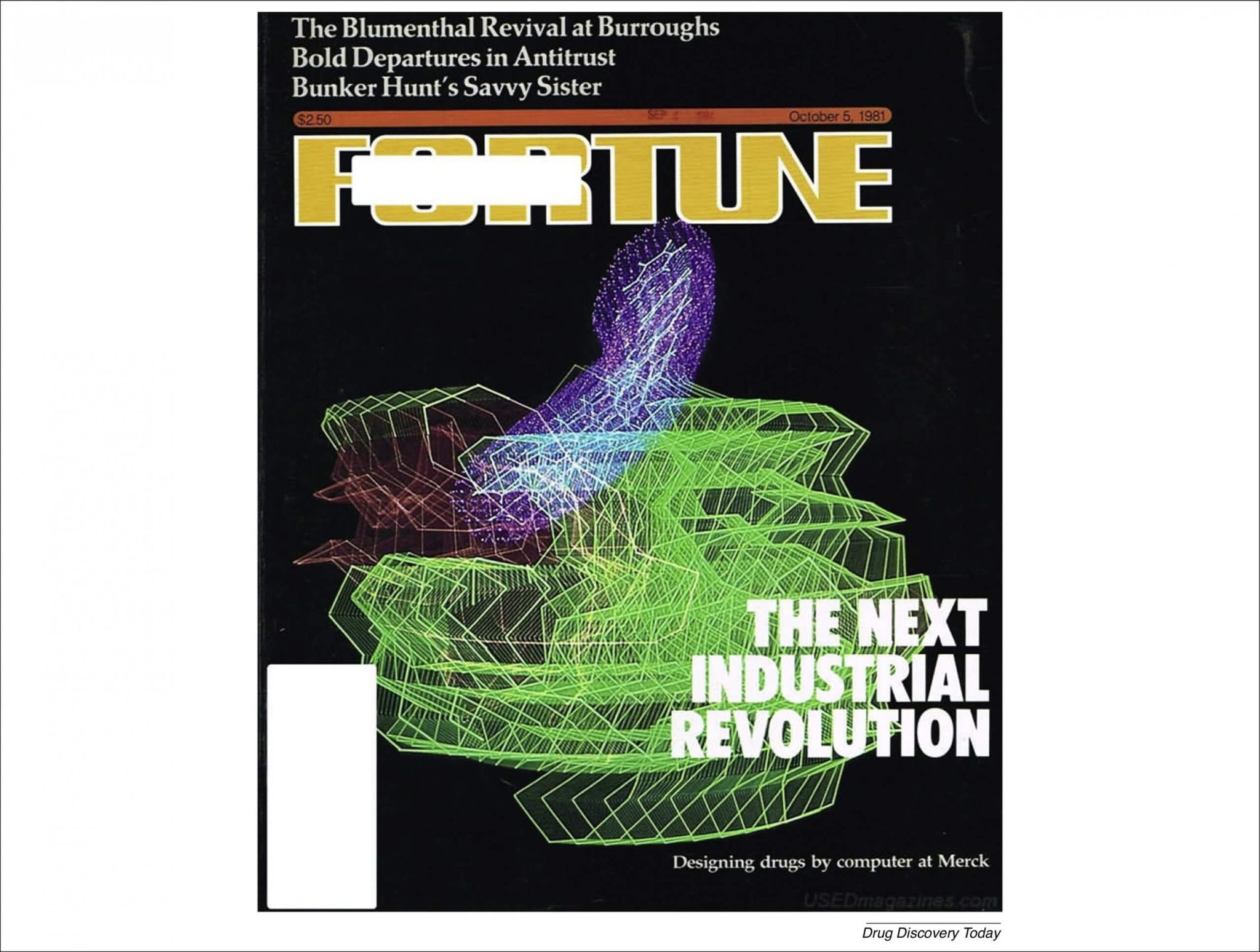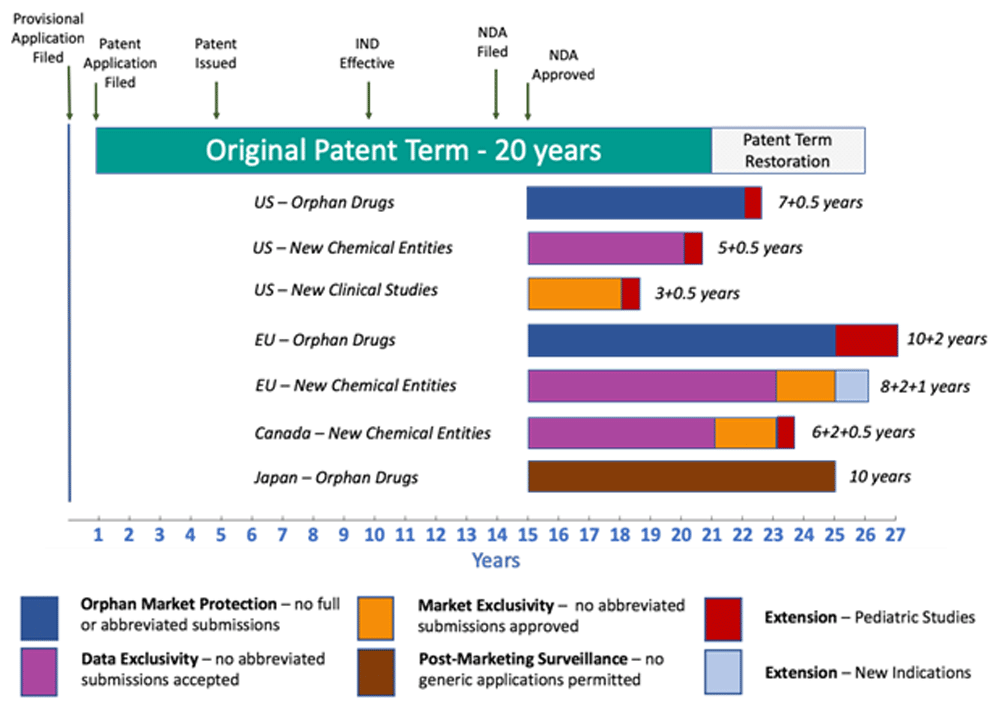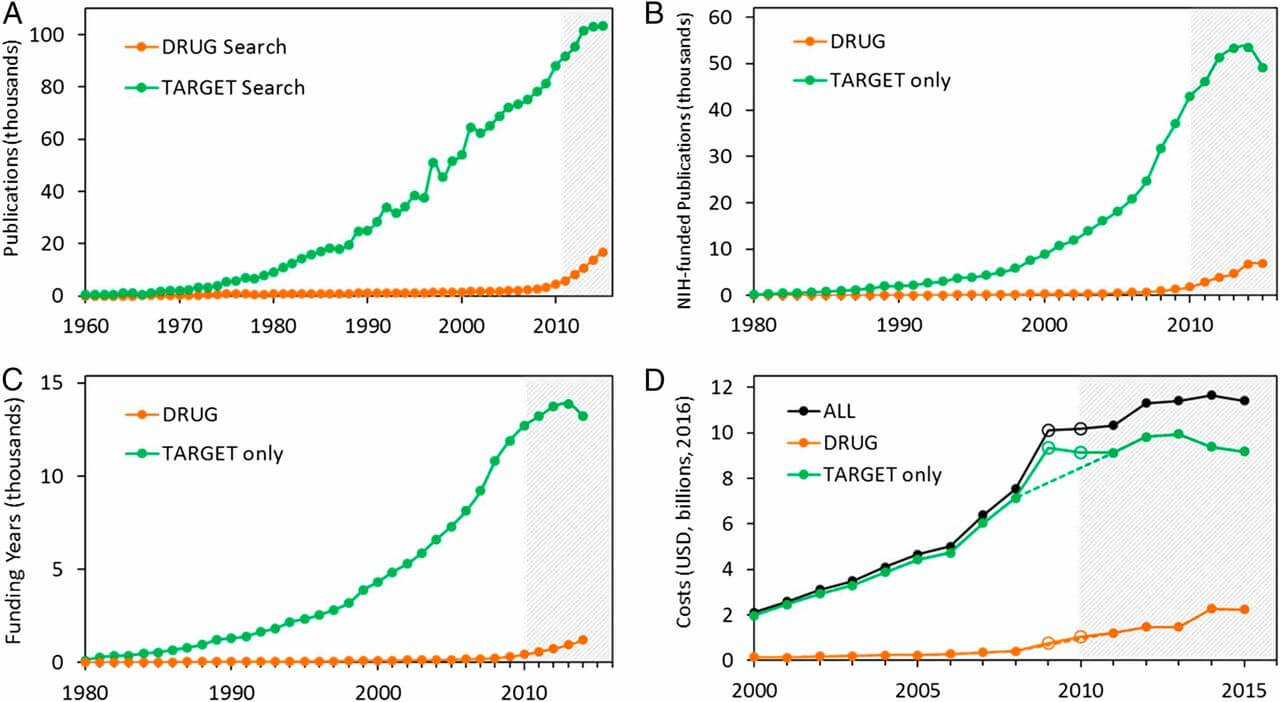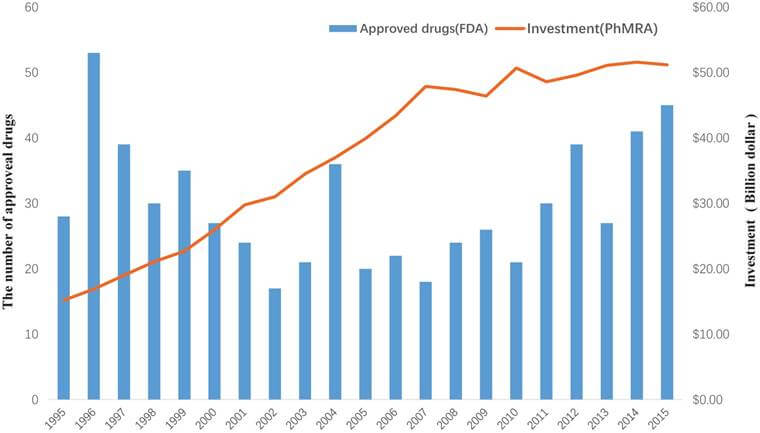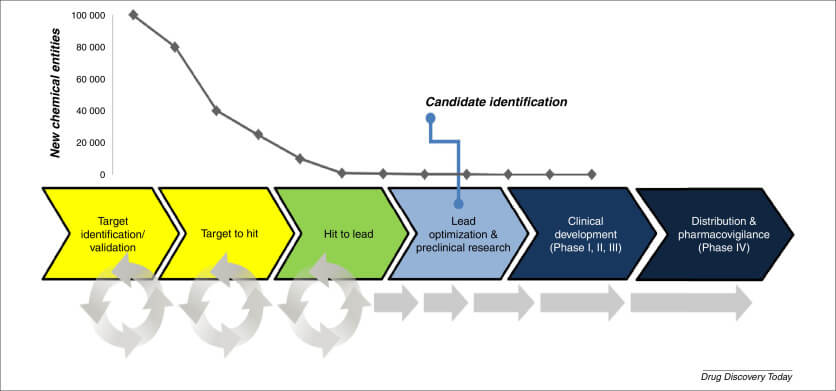
A groundbreaking technology is reshaping the way we discover and develop new drugs. Machine learning, a subset of artificial intelligence, has emerged as a powerful tool in the hands of scientists and researchers, promising to accelerate drug discovery processes and potentially save countless lives. But how exactly is this cutting-edge technology being applied in the world of drug discovery? Let’s dive deep into this fascinating intersection of computer science and pharmacology.
The Dawn of a New Era in Drug Discovery
Remember the days when discovering a new drug was like finding a needle in a haystack? Well, those days are rapidly becoming a thing of the past. Machine learning is ushering in a new era of drug discovery, one where computers can sift through mountains of data in the blink of an eye, identifying patterns and potential drug candidates that human researchers might have missed.
What is Machine Learning in Drug Discovery?
Before we delve deeper, let’s get our bearings. Machine learning in drug discovery refers to the use of sophisticated algorithms and statistical models that enable computer systems to improve their performance on a specific task through experience. In the context of drug discovery, these systems can analyze vast amounts of biological and chemical data to predict which compounds are most likely to be effective against a particular disease.
“Machine learning is not just a tool; it’s a paradigm shift in how we approach drug discovery. It’s allowing us to ask questions and find answers that were previously unimaginable.” – Dr. Alex Zhavoronkov, CEO of Insilico Medicine
The Traditional Drug Discovery Process: A Brief Overview
To truly appreciate the impact of machine learning, we need to understand the traditional drug discovery process. Typically, it involves several stages:
- Target identification
- Target validation
- Lead compound identification
- Lead optimization
- Preclinical studies
- Clinical trials
This process is notoriously time-consuming and expensive. On average, it takes about 10-15 years and costs over $2.6 billion to bring a new drug to market. But what if we could dramatically reduce this time and cost? That’s where machine learning comes in.
Machine Learning: The Game-Changer in Drug Discovery
Machine learning is not just speeding up the drug discovery process; it’s fundamentally changing how we approach it. Let’s explore some of the key areas where machine learning is making a significant impact.
Target Identification and Validation
Identifying the right target for a drug is crucial. It’s like choosing the right lock to pick in a room full of locks. Machine learning algorithms can analyze vast amounts of genomic and proteomic data to identify potential drug targets more quickly and accurately than traditional methods[1].
For instance, researchers at the University of Cambridge used a machine learning approach to identify a new antibiotic that works against a wide range of bacteria, including some antibiotic-resistant strains. This discovery, made in just a few hours, would have taken years using conventional methods.
Predicting Drug-Target Interactions
Once a target is identified, the next step is to find compounds that can interact with it effectively. Machine learning models can predict how well a compound will bind to a target protein, saving time and resources in the lab.
Case Study: DeepMind’s AlphaFold
A prime example of this is DeepMind’s AlphaFold, an AI system that can predict protein structures with unprecedented accuracy. This breakthrough has enormous implications for drug discovery, as understanding protein structures is crucial for designing drugs that can effectively interact with them[2].
De Novo Drug Design
Machine learning is not just helping us find existing compounds; it’s also enabling us to design entirely new molecules. This process, known as de novo drug design, uses generative models to create novel chemical structures with desired properties.
“De novo drug design powered by AI is like having a virtual chemist that can imagine and create millions of potential drug candidates in seconds.” – Dr. Jing-Ke Weng, Associate Professor of Biology at MIT
Predicting Drug Properties and Side Effects
One of the most challenging aspects of drug discovery is predicting how a compound will behave in the human body. Machine learning models can analyze the chemical structure of a compound and predict its pharmacokinetic properties (how the body processes the drug) and potential side effects.
For example, researchers at Atomwise used AI to predict the toxicity of compounds, helping to identify safer drug candidates early in the discovery process. This approach could potentially reduce the high failure rate in clinical trials due to unexpected toxicity.
Machine Learning Techniques in Drug Discovery
Now that we’ve seen the areas where machine learning is making an impact, let’s look at some of the specific techniques being used.
Deep Learning
Deep learning, a subset of machine learning based on artificial neural networks, has shown remarkable success in drug discovery. These models can learn complex patterns in data, making them particularly useful for tasks like predicting protein structures or drug-target interactions.
Convolutional Neural Networks (CNNs)
CNNs, originally developed for image recognition, are being adapted for drug discovery. They’re particularly useful for analyzing molecular structures represented as 2D or 3D images.
Recurrent Neural Networks (RNNs)
RNNs are excellent at processing sequential data, making them useful for tasks like predicting chemical reactions or generating new molecular structures.
Reinforcement Learning
Reinforcement learning, where an agent learns to make decisions by interacting with an environment, is being used in de novo drug design. The agent can learn to generate molecules with specific properties through a process of trial and error.
Transfer Learning
Transfer learning allows models trained on one task to be quickly adapted to a related task. This is particularly useful in drug discovery, where data for a specific disease or target may be limited.
Real-World Applications and Success Stories
The application of machine learning in drug discovery isn’t just theoretical. It’s already yielding real-world results.
Accelerating COVID-19 Drug Discovery
During the COVID-19 pandemic, machine learning played a crucial role in accelerating drug discovery efforts. For instance, researchers at MIT used machine learning to identify a new antibiotic effective against COVID-19, screening over 100 million compounds in just a few days[3].
Repurposing Existing Drugs
Machine learning is also helping to identify new uses for existing drugs, a process known as drug repurposing. This approach can significantly reduce the time and cost of bringing a treatment to market.
“Drug repurposing guided by AI can help us find new treatments for diseases faster than ever before. It’s like giving old drugs a new lease on life.” – Dr. Atul Butte, Director of the Bakar Computational Health Sciences Institute at UCSF
Precision Medicine
Machine learning is enabling a more personalized approach to medicine. By analyzing genetic and other patient data, these models can predict which treatments are most likely to be effective for individual patients.
Challenges and Limitations
While the potential of machine learning in drug discovery is enormous, it’s not without challenges.
Data Quality and Quantity
Machine learning models are only as good as the data they’re trained on. In drug discovery, high-quality biological and chemical data can be scarce or expensive to generate.
Interpretability
Many machine learning models, especially deep learning models, are “black boxes,” making it difficult to understand how they arrive at their predictions. This lack of interpretability can be a significant hurdle in the highly regulated pharmaceutical industry.
Validation and Reproducibility
Ensuring that machine learning models produce reliable and reproducible results is crucial. This is particularly challenging given the complexity of biological systems and the potential for overfitting in machine learning models.
The Future of Machine Learning in Drug Discovery
Despite these challenges, the future of machine learning in drug discovery looks bright. As algorithms improve and more high-quality data becomes available, we can expect to see even more impressive applications.
Quantum Machine Learning
The emergence of quantum computing opens up new possibilities for machine learning in drug discovery. Quantum machine learning algorithms could potentially solve complex molecular simulations that are currently intractable for classical computers.
Federated Learning
Federated learning, which allows models to be trained on decentralized data, could help address some of the data privacy concerns in drug discovery, enabling more collaborative research.
Explainable AI
As interpretability becomes increasingly important, we can expect to see more focus on developing “explainable AI” models that can provide insights into their decision-making process.
Key Takeaways
- Machine learning is revolutionizing drug discovery, potentially reducing the time and cost of bringing new drugs to market.
- Key applications include target identification, drug-target interaction prediction, de novo drug design, and predicting drug properties and side effects.
- Various machine learning techniques are being used, including deep learning, reinforcement learning, and transfer learning.
- Real-world applications have already shown promising results, particularly in areas like COVID-19 drug discovery and drug repurposing.
- While challenges exist, particularly around data quality and interpretability, the future of machine learning in drug discovery looks bright.
FAQs
- Q: How much can machine learning reduce the time and cost of drug discovery?
A: While it varies, some estimates suggest that machine learning could reduce drug discovery timelines by 50% and costs by up to 70%. - Q: Can machine learning completely replace traditional drug discovery methods?
A: No, machine learning is best viewed as a powerful tool to augment and accelerate traditional methods, not replace them entirely. - Q: What skills are needed to work in machine learning for drug discovery?
A: A combination of skills in computer science, data science, biology, and chemistry is ideal. However, interdisciplinary teams often work together to bridge these areas. - Q: Are there any ethical concerns with using machine learning in drug discovery?
A: Yes, some concerns include data privacy, potential biases in training data, and the interpretability of AI decisions in healthcare contexts. - Q: How is machine learning helping with rare diseases?
A: Machine learning can help identify potential drug targets and repurpose existing drugs for rare diseases, areas that have traditionally been challenging due to limited data and financial incentives.
Sources cited:
- https://www.ncbi.nlm.nih.gov/pmc/articles/PMC8356896/
- https://www.nature.com/articles/s42256-020-00236-4
- https://www.ncbi.nlm.nih.gov/pmc/articles/PMC6552674/



